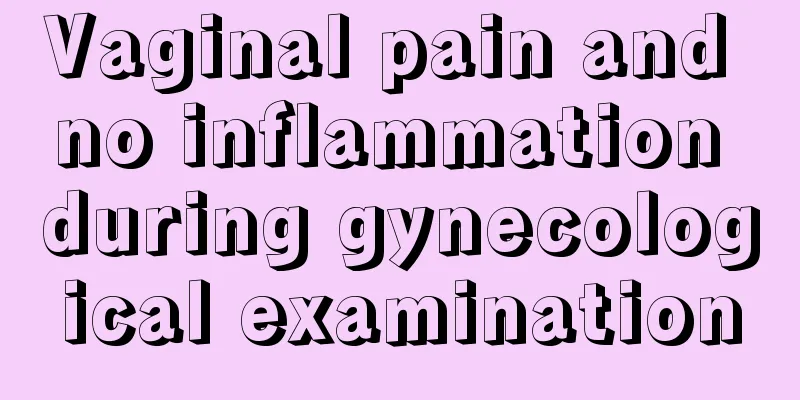About the right uterine adnexal cyst

|
Uterine adnexal cyst is a type of chronic cervicitis and a common gynecological disease. There are various causes of uterine adnexal cyst. Patients need to understand the causes of uterine cysts in order to receive symptomatic treatment, and they also need to understand the precautions in daily life. What is uterine adnexal cyst The uterine appendages refer to the two reproductive organs, the fallopian tubes and the ovaries. As the name suggests, uterine adnexal cyst refers to cystic tumors of the fallopian tubes and ovaries. In addition to the above two classifications, uterine adnexal cysts can be divided into nanocysts and ovarian cysts according to the specific location of the cyst. It is common during the reproductive period, and most often appears in the form of ovarian cysts. Uterine adnex cysts can be physiological cysts or pathological cysts. Symptoms of uterine adnexal cysts The symptoms are not obvious and are only discovered when the patient feels pressure, lower abdominal pain, and waist and hip pain. The pain is more obvious during menstruation and after labor. If ovarian inflammation affects ovulation, irregular menstruation and increased vaginal discharge will occur. If it affects the menstrual cycle and period, it may affect pregnancy. Precautions 1. Develop good living habits, maintain regular living habits, quit smoking and limit alcohol consumption. 2. Do not eat too much salty and spicy food, and do not eat overheated, overcooled, expired or spoiled food; the elderly and weak or those with a genetic gene for certain diseases should eat some anti-cancer foods and alkaline foods with high alkaline content as appropriate. 3. Have a good attitude to deal with pressure, combine work and rest, and avoid overwork. 4. Strengthen physical exercise, improve physical fitness, exercise more in the sun, and sweat more to excrete acidic substances in the body with sweat, avoiding the formation of an acidic constitution. 5. Do not eat contaminated food, such as contaminated water, crops, poultry, fish eggs, moldy food, etc. Eat some green organic food to prevent diseases from entering the body through the mouth. 6. Have regular gynecological examinations. 7. If you have any signs of illness, you should go to a regular hospital for examination in time to prevent the condition from worsening. |
>>: Symptoms and hazards of adnexitis, a must-read for women
Recommend
Will it be difficult to get pregnant after removing the IUD?
Some young couples do not want to have children t...
Will breastfeeding make you thin?
During breastfeeding, the daily consumption of mo...
8 reasons why women have stomach pain
Many women often suffer from stomach pain on week...
Can severe cervical erosion kill people?
When it comes to gynecological inflammation, I be...
What are the benefits of Liuwei Dihuang Pills for women?
Generally speaking, in daily life, when we see pe...
What is the cause of white discharge from the vagina?
The vagina is an important reproductive organ of ...
Will sitting on a hot bench that someone else has sat on cause hemorrhoids, boils, or even STDs? Let's clarify once and for all →
During the morning and evening rush hours, when y...
Can pregnant women drink peanut milk?
In fact, pregnant women can drink peanut milk, wh...
Why am I still weak after 7 days of medication abortion?
Medical abortion is a widely used method in today...
How to regulate qi and blood deficiency in women
In life, there are many women who are deficient i...
How to use an internal tampon
Compared with traditional sanitary napkins, inter...
Remember to take "four precautions" in autumn sports
Autumn is coming, It’s neither too hot nor too co...
What is non-gonococcal vaginitis?
Many people do not know what non-gonococcal vagin...
Why does brown blood flow?
Mature women usually have two kinds of secretions...
What are the ways to relieve dysmenorrhea in girls?
Every time when menstruation starts, some girls w...









